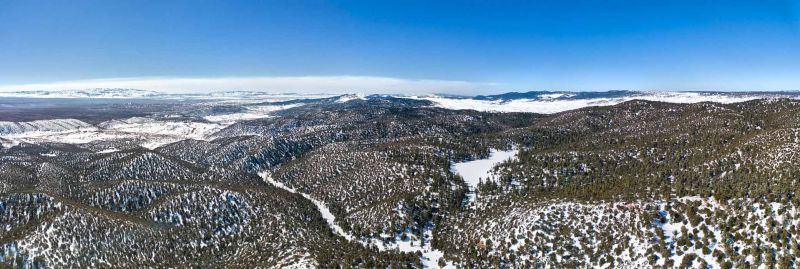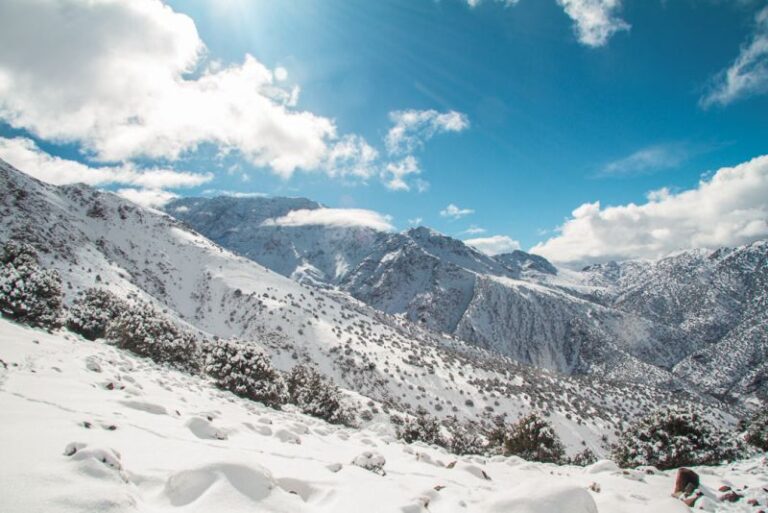
In winter, the weather is cooler, prices are cheaper and conditions for stargazing in the desert are ideal.
A surprising aspect of Morocco is that the climate is diverse throughout the country. This means that no matter what your climate preference is, Morocco has it.
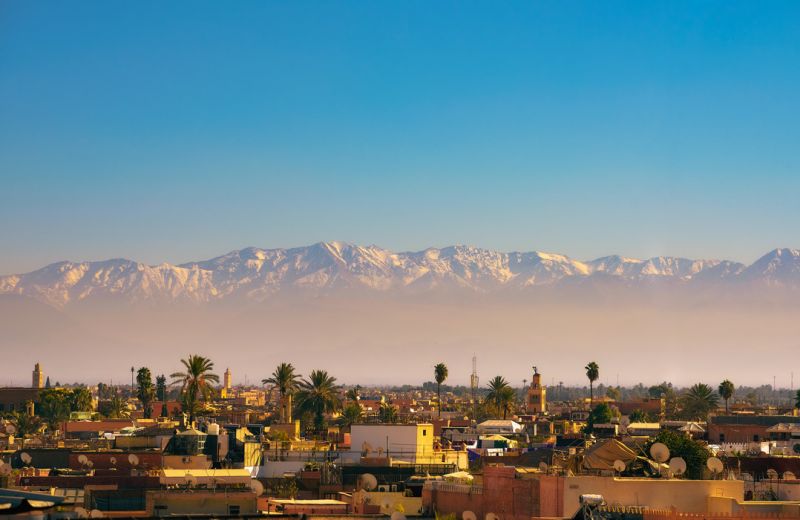
Climate
Moroccan winters are mild and a little rainy, but December also brings many sunny days, ideal for walking and exploring the cities.
You’ll want to wear relatively warm clothes if you’re visiting Fes , where the highest temperature is 17°C (and the lowest is 6°C). In the Atlas Mountains, the daily average is 13°C and you are likely to see some precipitation. In the north, also expect rain and moderate temperatures (10°C) in cities like Tangier. Marrakech is warmer, with temperatures reaching almost 21°C on sunny days. After dark in the desert, you’ll need to group up.
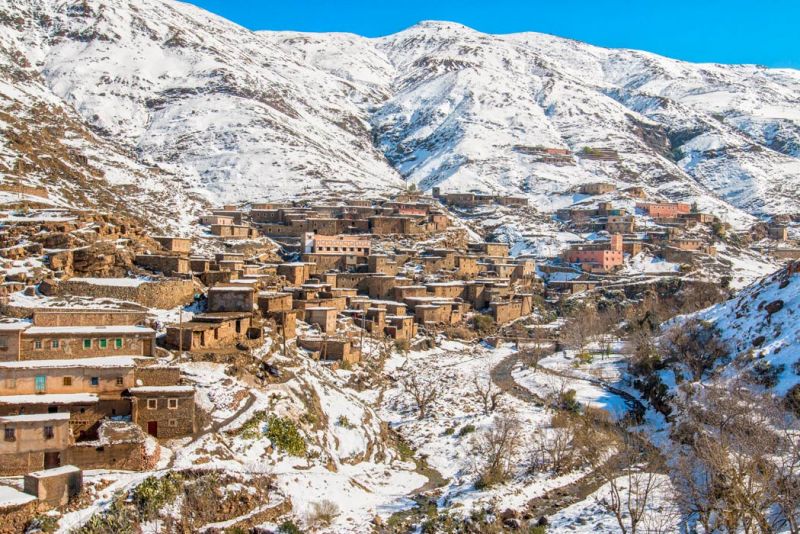
Also, keep in mind that some hotels offer central heating and others do not. Depending on your destination, it’s worth asking in advance.
The sun
In winter, does your body ask for vitamin D? Morocco has great beaches where you can catch some rays and work on that tan all year round! The beaches around Agadir are some of the best. Better yet, the Atlantic is still warm enough to take a quick dip in some refreshing salt water.
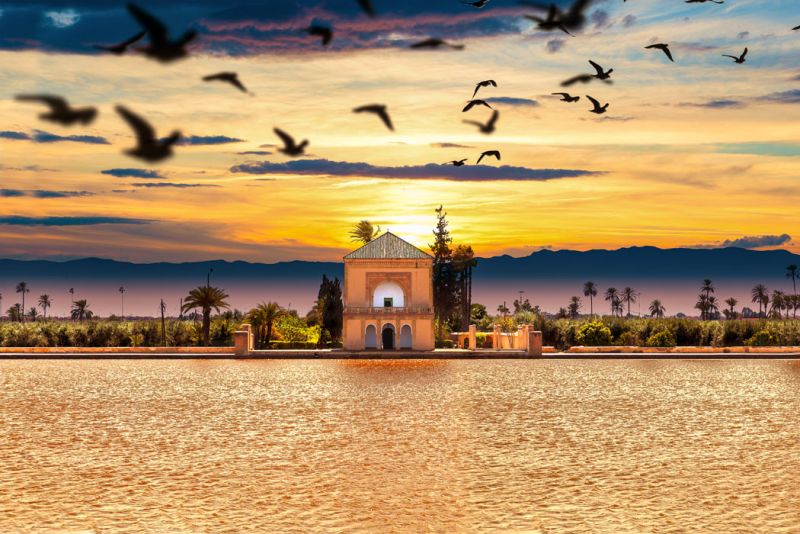
The slopes
Skiers and snowboarders should visit Oukaïmeden in the High Atlas region. While not as luxurious or challenging as the slopes of, say, Colorado, it’s possible to slalom and surf a bit in the African snow! (Also, how many people can say they snowboard in Morocco ?) On a clear day, the views over the Marrakesh plateau are incredible. The ski season generally lasts from December to March, and equipment is available for rent on site.

The skiable area – often disquietingly empty – tops out at 10,603 feet, 6 feet higher than France’s Val Thorens, one of Europe’s snowiest destinations. Races are not run as such, which means virgin snow awaits and the powder is fresh and dry. For the casual skier or adventurous beginner, a fun, unconventional day awaits.
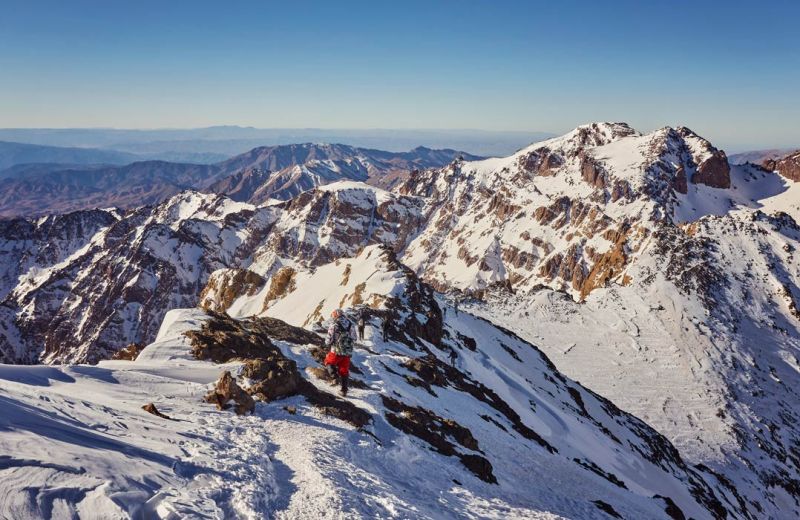
Crowds and Costs
There is an increase in the number of tourists around Christmas and New Years, particularly in the larger cities, and you will notice that prices also increase. During this week, you’ll find throngs of travelers at major points of interest in cities like Marrakech and Fes – book your hotel room well in advance. But at the beginning of the month, Morocco is much quieter and prices are “off season”, so it’s a good time to enjoy a special stay in a riad or resort.
What to do
December is a good time to explore the Sahara desert. Unlike the warmer months, which can be uncomfortably hot for certain activities, the cool December weather is great for camel riding and sitting around a campfire. It’s also a good time to go hiking in the mountains, as long as you know you’ll have few hours of daylight – it’s best to try longer hikes with an experienced guide.
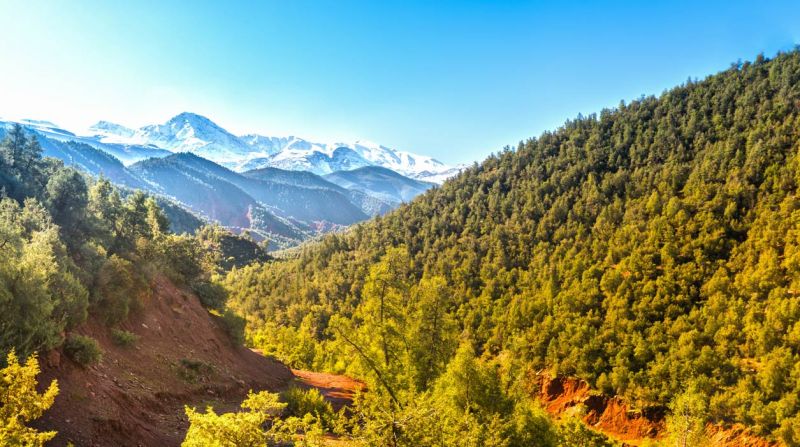
December is the ideal time for cultural outings, especially outside of the holiday rush.
Atlantic and Mediterranean Coast
Often, when we think of Morocco, we imagine camels in the Sahara or winding alleys in the Medina. While these two are very present, Morocco also has 1,900km of Atlantic coastline that connects to the Mediterranean coast in the north. Along this coast, you can find pretty towns, lively ports and markets and many relaxing beaches. Some of these cities along the coast include (but are not limited to) Agadir, Essaouira, Casablanca, Rabat and Tangier.
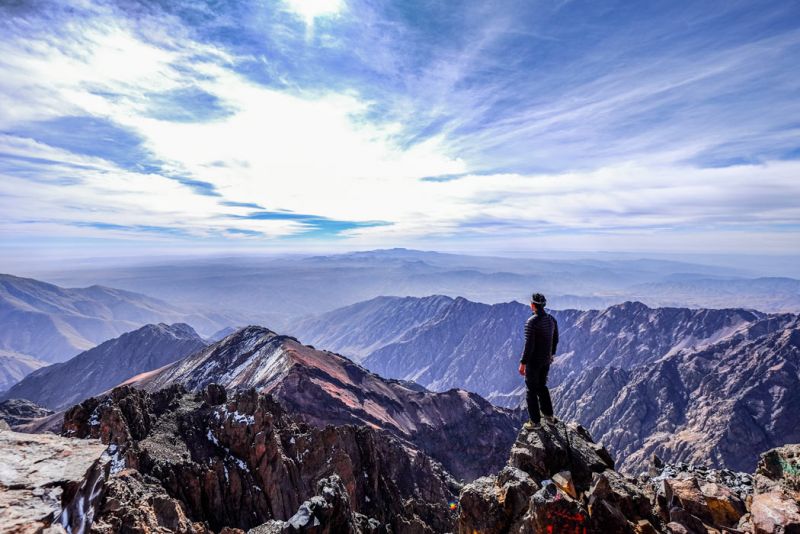
In these cities, the difference between summer and winter is relatively minimal. Throughout the year, the climate is quite moderate and subtropical. There is a cool breeze coming off the coast. Average temperatures in winter (December to March) are around 12°C and in summer (June to September) average around 25°C.
The Atlantic coast (specifically Casablanca) sees the most rain, with the heaviest drops in the winter months.
Inland cities
Heading inland, you’ll find most of Morocco’s former imperial cities such as Fez, Marrakech and Meknes. These cities are very popular to visit as they are home to some of Morocco’s most iconic and incredible Medinas. This area is known for very hot summers and very cold winters.
In the highlands of the interior of Morocco, such as Fez and Meknes, the summers are quite clear and dry. Temperatures can exceed 38°C, but generally hover around the 29-35°C range. Winters, on the other hand, can be quite cold. Average winter temperatures in this area are around 12°C during the day and night time dropping to 5°C.
Mountain areas
The mountains in Morocco are truly remarkable. The Atlas Mountains offer something for almost every type of traveller. While in Morocco, we recommend that travelers take half a day or more to visit nature in its purest form.
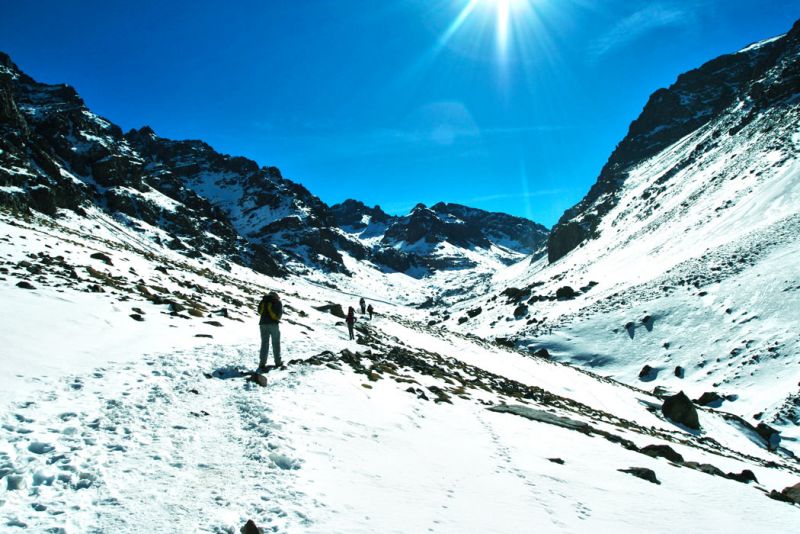
The peaks of the High Atlas Mountains are covered in snow at almost all times. In winter, there is enough snow for skiing and snowboarding. During the winter months, temperatures often drop below freezing, sometimes as low as -20°C.
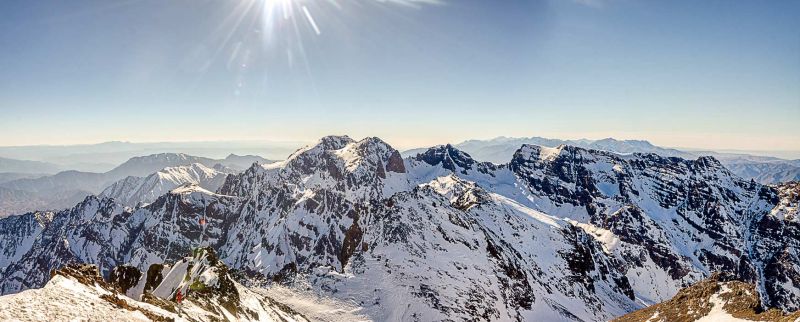
Depending on the time of year and your altitude, the temperature can really fluctuate in this area. It’s best to check the weather forecast in advance or speak to one of our representatives before your travels.
Sahara Desert (and surrounding cities)
When you think of the Sahara, you might think of “heat”. While this may be true, especially during summer days, the Sahara desert can get surprisingly cold at night (depending on the season). Temperatures usually reach 45°C during summer and in winter temperatures drop to around 20-25°C. However, nights in the desert get much colder (even in summer). It hardly rains in this area, as you would expect.
